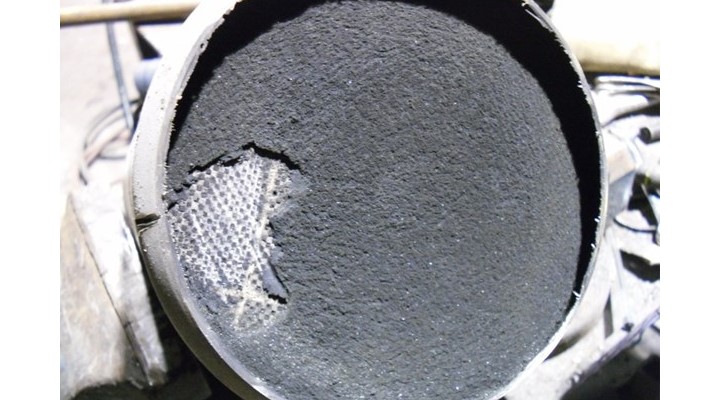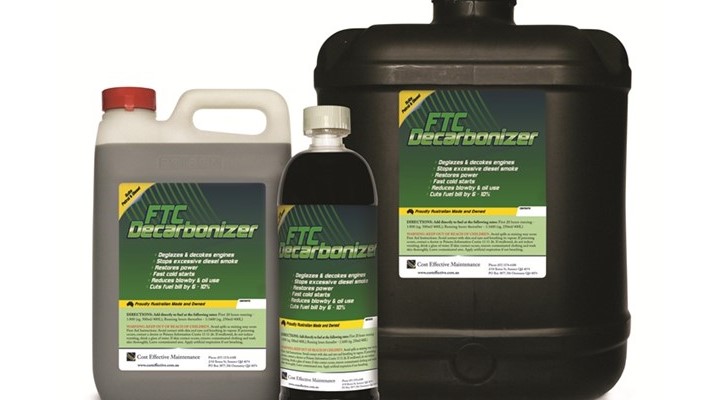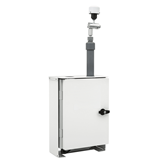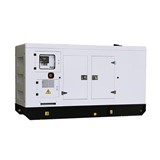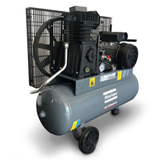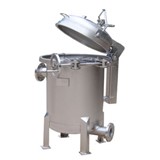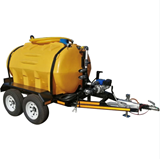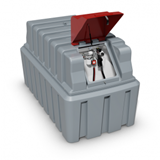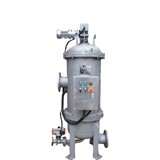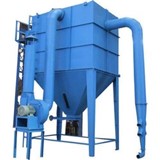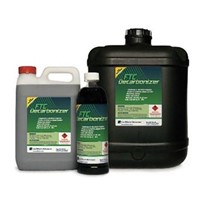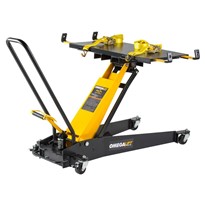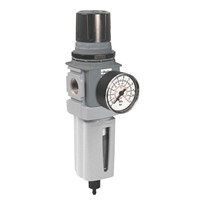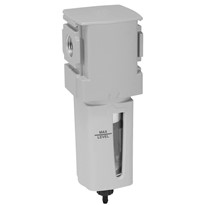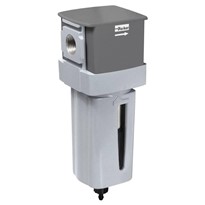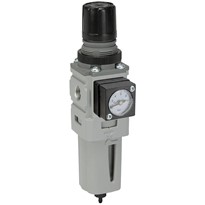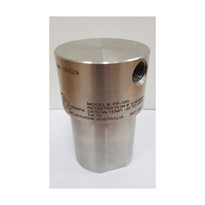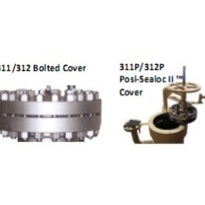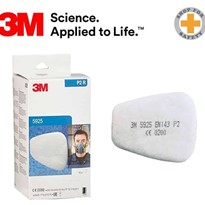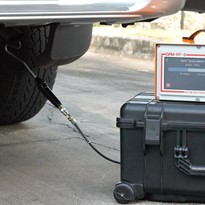But, in reality, DPFs are a band-aid remedy, and bring with them a whole new range of expensive, annoying and inconvenient problems. However, there is already a simple, low cost solution available, which addresses the root cause of these problems.
What is required is to clean up the fuel burn, rather than "after treat" it with a DPF! This means that less soot is produced in the first place. FTC Decarbonizer, already proven in underground mining applications, acts as a true combustion catalyst to reduce the rate of soot production, and burn off existing soot at much cooler temperatures. Once introduced into the diesel, less soot (and ash) can accumulate in the DPF, as regeneration occurs naturally during normal engine operations.
DPFs particularly cause issues for non-highway type applications, and the following series of problems can progressively develop…
- The number of "forced regenerations" increase, necessitating the truck to be parked up for 20 minutes at a time, to burn off the soot under higher fuel usage conditions.
- Where such regeneration cycles have become ineffective, DPF cleaning or replacement of damaged units is required, and both are expensive.
- Some of the excess fuel required for regenerations can get past the rings into the oil. This causes excessive fuel dilution of the oil, which in turn, increases the frequency of oil changes.
- Crankcase oil should be free of fuel, and levels above as little as 5% are unacceptable. In practice, fuel dilution of up to 50% is occurring, and this will destroy engines in a very short time.
To counter this series of problems, FTC treated diesel results in a reduction in both the total number of soot particles, and the total soot mass produced.
Secondly, it forces all carbon in combustion and exhaust spaces, including any soot trapped in the DPF, to combust at temperatures as low as 350C to 400C. Normally, soot will only combust in the 500-600C, and above range. The FTC catalysed fuel burn permits the cooler soot burn. As soot is the initial binder for ash forming in DPF’s, the amount of ash accumulating is also reduced.
FTC Decarbonizer is a very low cost solution, which addresses the root cause of these DPF problems. In doing so, it minimizes the need for DPF regeneration cycles, because less soot is formed, and any accumulated soot is readily combusted under even light duty cycles.


